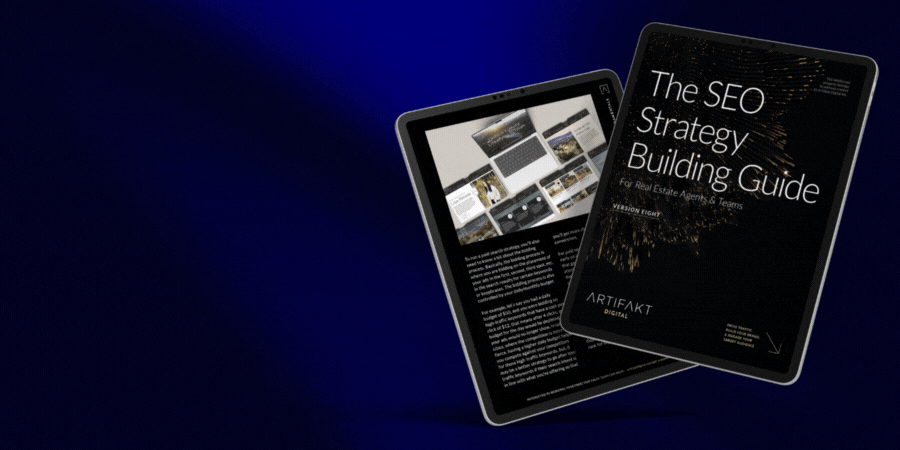Building an Answers Engine Optimization (AEO) Strategy for AI

AI is seemingly everywhere. It seems like every day there are more and more advancements in AI; and as more and more people discover AI and its usefulness, they’re continually finding ways to adopt it into their everyday lives.
AI, and the way it’s being used, is also redefining the way people search for information online. More and more people are using chatbots like ChatGPT, Google Gemini, and other natural language models to find answers online; and traditional search engines are adapting and integrating AI too.
Much like Bing did with ChatGPT, Google is also building AI into their search results through their Search Generative Experience (SGE), which means the way people search and the way they get answers will change in a big way.
And that, of course, will also affect your overall search strategy when it comes to getting your content found at the right time, by the right people, in the right places.
★ Want to learn more about Google’s SGE and how it works in search results? Take a look at this post on Google Search Labs.
That means, that in a lot of cases, people are getting the answers they need almost immediately, without needing to look search through a lot of links to find what they’re looking for. While these types of zero-click searches are nothing new, with the advance of AI, they’re certainly becoming more important to plan for.
That doesn’t mean traditional search is dead or obsolete, far from it: traditional search will be with us for a long time coming.
But it does mean that since people are searching for information with these new AI-based methods, then you should ensure your search strategy is optimized for both types of searches.
So, how do you prepare your search strategy for AI?
The answer is to build an Answers Engine Optimization (AEO) strategy.
An AEO strategy is where you build and create an answer-based content strategy that works towards directly solving problems for people by answering their questions, thereby creating content that’s more crawlable by AI language models, and, when properly optimized through your SEO strategy, more likely to show up in Google’s SGE and in other AI models.
The most important thing to know is that your AEO strategy does not replace your SEO strategy. They both work together in tandem, with your content strategy, as part of a strong and modern overall search strategy.
Want to read more content related to AI? Have a look at these posts:
- Does Using AI-Generated Content Negatively Affect Your SEO Strategy?
- Leveraging AI Marketing Automation as Part of Your Inbound Marketing Strategy
A successful AEO strategy starts with a well-planned content strategy, focusing on helpful, answer-based content, in a question-based format.
For example, content like “how to sell my parent’s home” or “what conditions to include when buying a home” (ideally as part of a large content strategy). For searches like that, most AI models and Google SGE provide a succinct summarization with source credits, and your best chance of showing up as those source credits is by producing content around those topics that you want to rank for, provided its high-quality content, which is key.
To see success in AEO, the content you produce must be high-quality, well-written, concise, and be helpful by providing direct answers to questions (ideally, that your target audience is searching for, as part of a content pillar strategy.
★ Want to learn more about content strategy? Have a look at these posts:
- Writing Successful Real Estate Content that Converts
- Optimizing Your Content for Humans (And Not Just for Search Engines)
- How to Write Real Estate Content that Attracts and Engages
- Creating an Evergreen Real Estate Content Strategy
Once you’ve put a content strategy in place and written the right type of content, there are a few key metrics you should keep your eye on to determine the success of your AEO strategy and the overall quality of your content.
Featured Snippets: Featured Snippets are pivotal to a successful AEO strategy as they’re an indicator of high-quality content that Google likes and thinks directly answers the question being searched. They’re also the most likely content to show up in Google SGE and other AI models when they’re asked questions.
Engagement Metrics: Your engagement metrics clearly show the quality of your content and its relevance to the search performed. Having a high number of engaged sessions indicates to Google that you’re continually providing valuable answers through high-quality content.
Click-Through-Rate (CTR): Because a core fundamental of AEO is zero-click searches, reviewing your CTR for searches that actually bring people to your content shows how relevant your content is to the search.
With search engines focusing on building AI into the overall search experience, it certainly makes sense to build an AEO strategy into your overall search strategy.
Doing so will help you build a better, more effective, and more modern search strategy that helps your content get found at the right time, by the right people, in the right places.
Want to learn more about SEO and get more traffic to your website? Our SEO Strategy Building Guide is a mix of curated content and self-guided workbook that will help provide insight on how you can build and implement a modern SEO and overall search strategy.





















